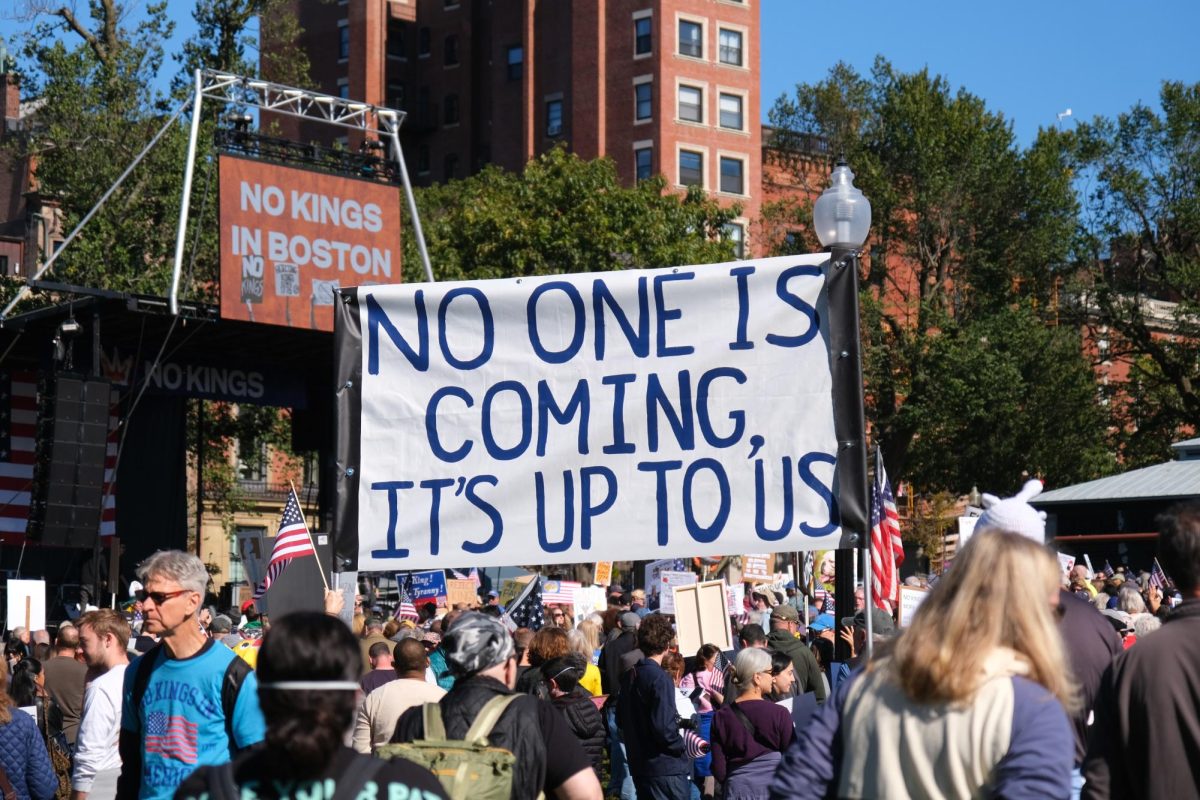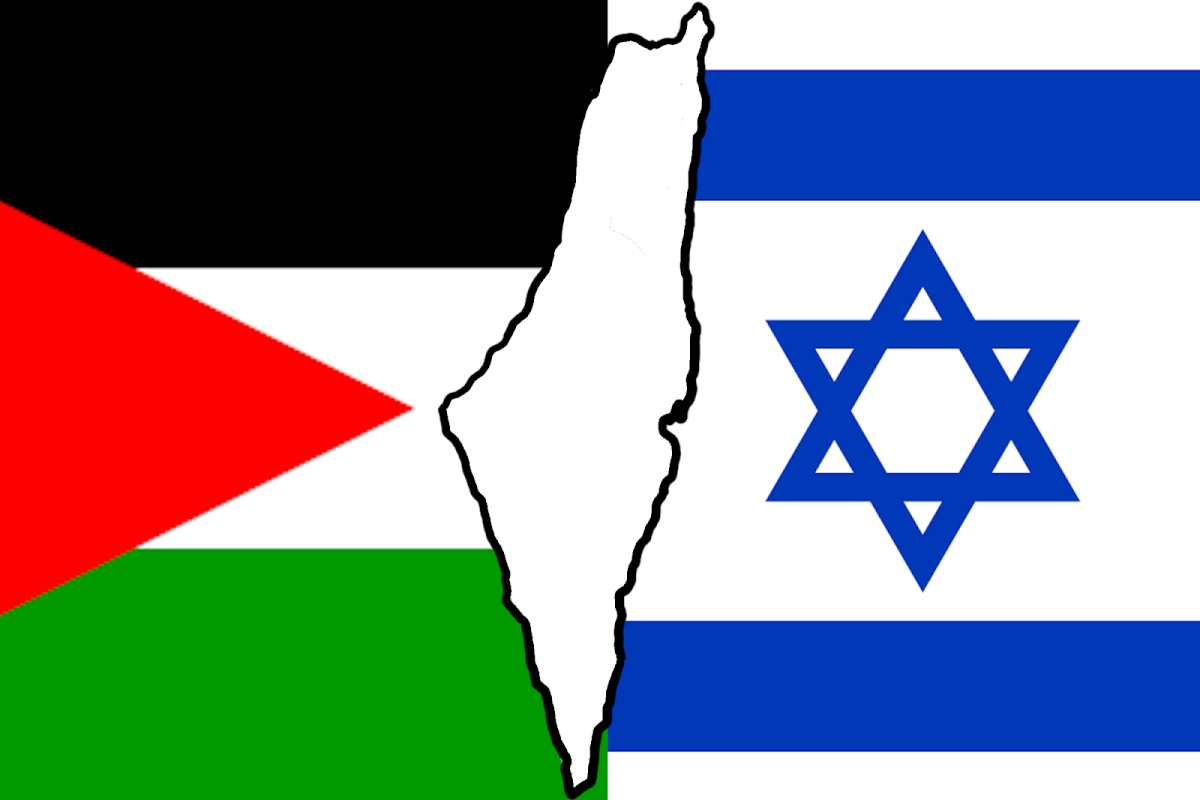Article By: Alex Pearlman
This article is continued from “Why Operation Moshtarak is a responsible way to fight the war,” published in the March 10 issue.
One of the major obstacles the Obama administration faces in bringing stability to Afghanistan with the launch of Operation Moshtarak last month is the complete instability of neighboring Pakistan and the deadly Pakistani Taliban.
There have been 17 strikes by drones to hit Pakistan so far this year, according to the Long War Journal, many of which were targeted at South Waziristan, a Taliban stronghold, where the Pakistani military has also begun their own battle against the Taliban, much to the surprise of the U.S. and NATO.
Afghan President Hamid Karzai, who has been accused of being a puppet tyrant left over from the Bush era, has been predictably apathetic to the situation, while Pakistan has stepped up their game with their own military offensive, a growing relationship between CIA operations and those of Pakistan’s Inter-Services Intelligence agency, and the arrest of a top Taliban official, second only to commander Mullah Omar, the spiritual head of the network.
However, the trouble is far from over.
Now, the biggest problem is how to deal with the fact that the much-publicized action in Marjah has pushed some high-level Taliban into hiding underground across the border – because guys with drones and remote controls can only do so much.
Pakistan’s help and support was an unexpected plus for McChrystal’s big push into the Helmand province, but it may be more trouble than it’s worth.
The biggest fear emanating from across the border is that “when the Americans go, [Pakistan’s] neighbors – especially India, Pakistan’s hated rival – will be influential” in Afghanistan, and all the help from Pakistan may be because they’re “making a case to be given a seat in eventual peace negotiations,” according to Time’s March 8 article, “Taking it to the Taliban.”
While at this moment, the aims of the U.S. and Pakistan may be the same, it will likely not stay that way for long.
“Pakistani officials… view the Taliban as strategic assets and believe they should have a role in Afghanistan after the NATO withdrawal. They point out that many Afghans still regard [Mullah] Omar as a legitimate figure – more so, in fact, than Karzai, who is seen as an American puppet.”
So where does it leave the two countries once a peace deal is brokered?
The U.S. will not stand for a figure like Mullah Omar, who has been a consistent thorn in their side, taking over Afghanistan. However, another well-liked Afghan, Dr. Abdulla, Afghanistan’s Obama-like figure (who dropped out of the presidential elections last year after it became abundantly clear that Karzai would win reelection through wide-spread fraud and corruption) would be a good compromise.
Also, Pakistan is facing an incredibly serious refugee problem. With the huge number of Afghans who have fled their homes since the original U.S. invasion are still packing the refugee camps, as well as hundreds of thousands of Pakistanis who are refugees in their own country, attempting to escape the Taliban.
“The refugees started fleeing the tribal areas where there was fighting,” said Shanan Mufti, GlobalPost’s Pakistan correspondent in an interview last year. “Pakistan has a long history of hosting refugees, external refugees. I think that the scale of this is something the United Nations has called one of the biggest internal migrations in history, so it’s obviously on a huge scale.”
What needs to happen next is the U.S. not be ungracious for the help Pakistan is giving them and be sympathetic to the internal, existential problems the country is facing by scratching the back that is scratching theirs.
If Pakistan swings back the other way, the so-far, so-good Operation Moshtarak may end up being the biggest exercise in futility the U.S. military has seen in years.












